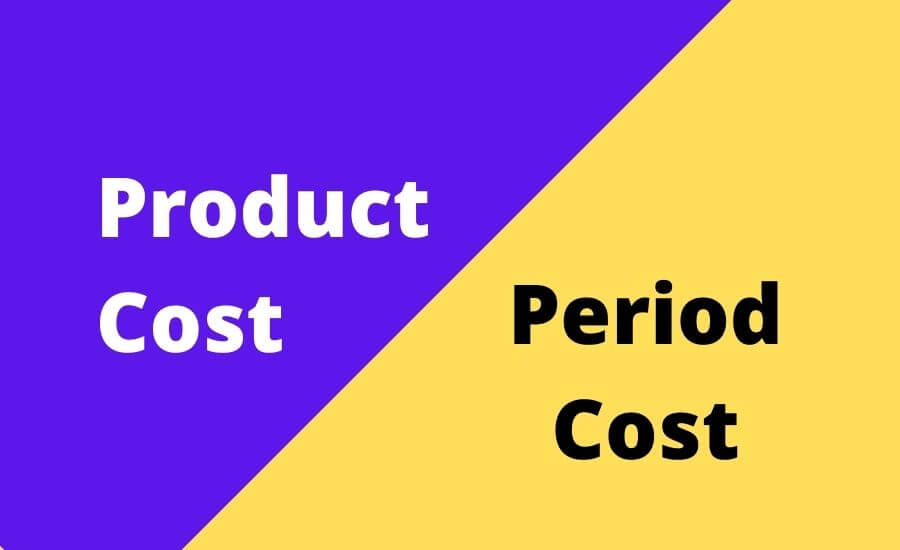Cost classification according to the accounting treatment
Cost classification in cost accounting is the process of categorizing costs into different groups based on specific characteristics or criteria.
It involves classifying costs according to their nature, behaviour, function, or other relevant criteria. The purpose of cost classification is to provide a systematic way to analyze and manage costs within an organization.
By classifying costs, companies can better understand the cost structure of their products or services, make informed decisions, and allocate resources effectively. This classification helps in cost control, financial reporting, and decision-making processes.
Product Costs
Product costs comprise all expenses associated with purchasing or manufacturing a product. These costs include direct materials, direct labour, and manufacturing overhead for manufactured goods. Product expenses are considered as being linked to units of product during the purchasing or manufacturing process and remain attached while the goods are placed in inventory awaiting sale. Thus, product expenses are attributed initially to a balance sheet inventory account.
Production costs are typically treated as inventory on the balance sheet and are expensed when the product is sold.
When goods are sold, the associated costs are deducted from inventory as expenses (referred to as Cost of Goods Sold) and offset against income. The term “product cost” is frequently used to refer to the cost of inventory. Costs associated with products are not expensed in the period they are incurred. They are expensed during the time during which the associated products are sold.

Period Costs
Period costs are all costs that are not included in the cost of the product. These costs are expensed on the income statement in the period in which they are incurred, in accordance with generally accepted accounting principles.
Period costs are associated with a given time period rather than a particular product. They are not included in the cost of goods, whether purchased or manufactured.
Examples of period costs include salaries and wages of non-production personnel, rent, utilities, advertising expenses, and insurance premiums. These costs are essential for running the day-to-day operations of a business, but they are not directly tied to the production process.
